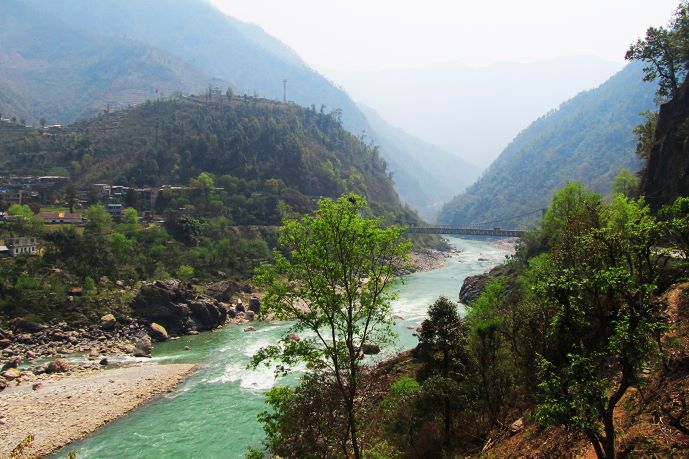The Canadian Climate Fund for the Private Sector in Asia II or CFPS II is designed to support greater private sector participation in climate change mitigation and adaptation in low- and lower-middle-income countries and upper-middle-income small island developing states in Asia and the Pacific. The fund seeks to promote gender equality and the empowerment of women and girls in projects supported by the fund. It aims to play a key role in helping the private sector overcome development risks (including market, technology, financing, regulatory, and other risks) by offering to finance concessional terms and conditions to projects that proceed solely commercially.
As CFPS II’s trustee, ADB approved a concessional loan to the Lao People’s Democratic Republic (Lao PDR): Monsoon Wind Power Project in 2022 and subsequently signed the $20 million concessional loan in February 2023. The project entails a 600-megawatt wind power project that would export and sell electricity to neighboring Viet Nam. It is the first wind power project in the Lao People’s Democratic Republic, the largest in Southeast Asia, and the first cross-border in Asia. The trust fund also intended to contribute to economic recovery in the Maldives by providing $9 million concessional loan assistance to the BML Supporting Recovery of the Small and Medium Enterprise and Blue Economy Tourism Sector Project. The amount will be on-lent to eligible climate change mitigation and adaptation projects focused on the country’s blue economy.


